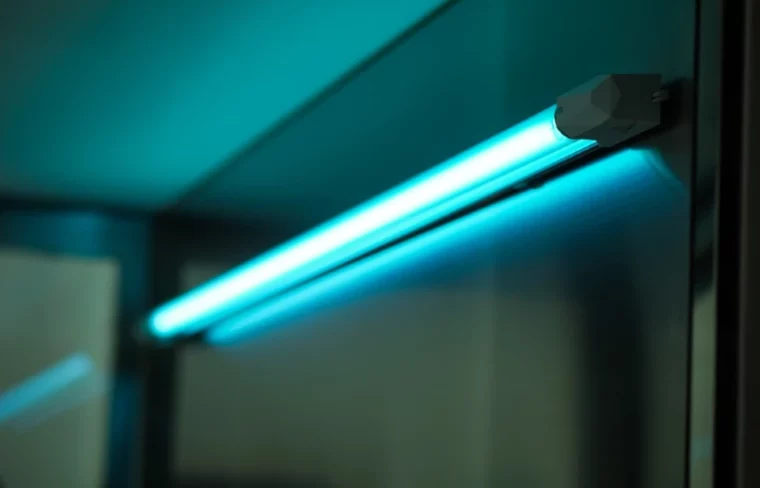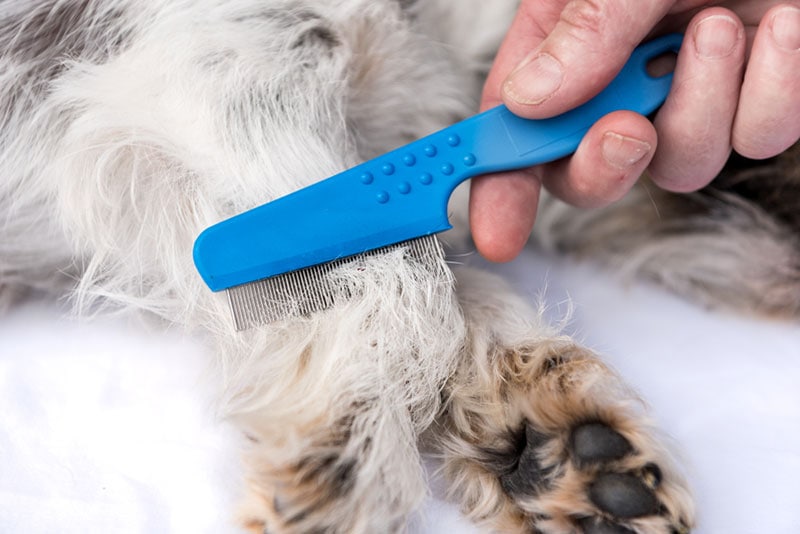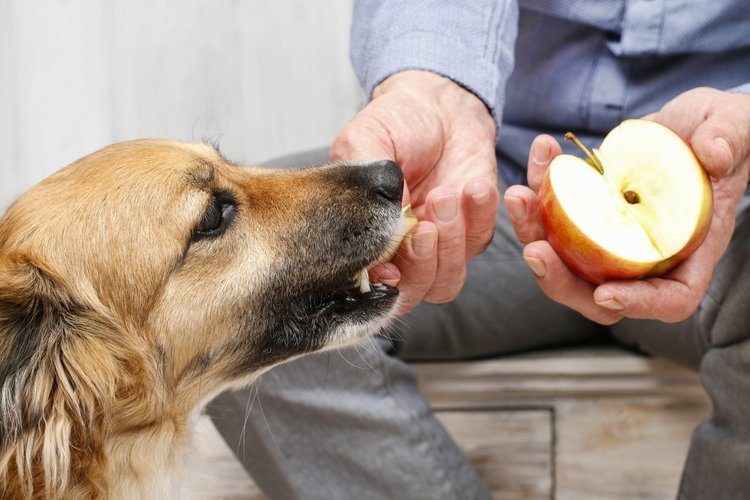
There are few things more stressful for a pet parent than a flea outbreak. Some owners are looking for non-chemical alternatives for dealing with these pesky parasites, and perhaps you have heard that UV light kills fleas, and are wondering if it’s true. In short, it is true—UV light can kill fleas, but it is not a recommended flea control method.
The process would be far too time-consuming and potentially harmful to your pet to be considered a viable treatment option. The same might be said about fire or acid; it might kill the fleas, but it will also kill your pet! There are far more practical ways to treat your dog’s or cat’s fleas, so read on to find out more.
Is UV Light an Effective Method of Killing Fleas?
UV light contains radiation, and this harms the fleas’ DNA and can subsequently kill them given enough time. For this to work, fleas must be exposed to 280 nm UV light from a distance of 10 cm for around 30 minutes. It can also destroy flea eggs at 100–280 nm from a distance of 20 cm, a process that takes around 15–30 minutes.
Taking everything into account, the process would take a very long time to complete because fleas need to be exposed to UV light for an extended amount of time for this method to be effective. Their exoskeletons are pretty tough, so it can be hard for UV light to break through them.
In addition, the fleas have to be contained in a space that’s close to a UVC light. Once the flea feels the UV light’s burning effects, it will attempt to escape from that area and hide. Fleas will only be attracted to UV light and show themselves if they’re starving. If they have a host to feed from and aren’t hungry, they won’t emerge.
Finally—and most importantly—extended exposure to UV light could be harmful to your pet’s skin. For all these reasons, it’s best to use more traditional, vet-approved methods of eliminating fleas.

The 4 Methods of Killing & Preventing Fleas
Fleas must be promptly treated, as they can cause infections like tapeworms and health conditions like anemia, especially in younger pets. Though the UV light method isn’t a practical option, fortunately, there are plenty of others to consider in the battle against fleas. These include:
1. Flea Preventatives
Your cat or dog should be on some kind of flea and tick treatment—these are given as a tablet or applied to your pet’s skin on a regular basis as a preventative measure. Most of these products will kill adult fleas, their eggs or their larvae, some will kill all three.
If you discover fleas on your pet, we recommend contacting your vet to ask for advice on how best to handle the situation with flea treatments. Even if your pet doesn’t have fleas at this moment, they should be on a preventative treatment schedule.
2. Flea Comb
Flea combs, which have very fine and narrow teeth, are one of the best ways to get fleas off your pet. This is best done outside with a cup or bowl or warm, soapy water to hand. As you thoroughly comb through your pet’s coat, dunk the comb frequently into the water as this will drown the fleas. Focus especially on the groin, neck, armpits, ear base, and tail base as these are common flea hiding places.

3. Flea Shampoos
Bathing with a decent flea shampoo can kill fleas and delay the maturation of eggs and larvae. However, this isn’t the best long-term option, as this method isn’t as effective as using topical or oral treatments.
4. Cleaning
Fleas don’t just affect your pet—they can cause an infestation in your home. Unfortunately, tackling a home flea infestation is something of a long-term project because it can take several months to fully eliminate all the flea eggs as these can survive for a long time in your home.
The trick is to vacuum on a daily basis, not forgetting those nooks and crannies that fleas can hide out in. Special attention should be given to the areas where your pet spends the most time. A sprinkling of baking soda or salt left to act for at least 24 hours can be helpful for areas in which vacuuming alone isn’t cutting it.
Final Thoughts
Properly treating your pet for fleas is incredibly important. Using UV light, while potentially effective if you have enough time to spare and the right conditions, is not a reliable or entirely safe method of flea treatment. On that basis, we don’t recommend it and would urge you to contact your vet about topical and oral treatments and preventatives.
See also:
- Thai vs Rhodesian Ridgeback: Breed Comparison
- Does Lemon Juice Kill Fleas? Vet-Reviewed Effectiveness & Alternatives
Featured Image Credit: Khamkhlai Thanet, Shutterstock







